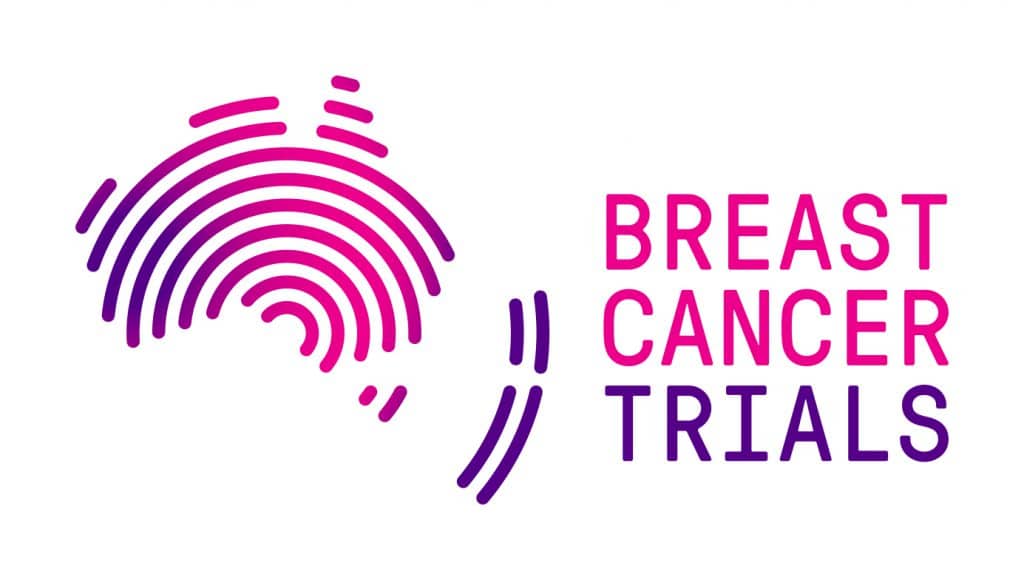The Importance Of Data for Chemotherapy Treatment
Knowledge is power. With access to precise information about the impact of breast cancer treatment, patients can take back some measure of control in their fight against the disease.
Restoring power to cancer patients is highlighted in a new article by biostatistician Professor Val Gebski and colleagues, which was recently published in Pharmaceutical Statistics. These researchers have developed a technique to quantify the toxicity of chemotherapy over time, creating a detailed roadmap to predict and compare the side effects of chemotherapy.
The research, the result of dense statistical analysis and complex modelling, has a most human aim: to provide a more patient-centric way for clinicians to explain treatment options.
“Consider a patient whose breast cancer has come back,” Professor Gebski explains. “They feel depressed, are trying to cope and are offered a different set of treatments. They don’t know what to take! The clinician might say ‘we find patients tolerate this better’. But that’s a nebulous term: what does that actually mean for them?”
As the chief statistician with Breast Cancer Trials, Professor Gebski’s publication focuses on clinical trial data for two therapies used in breast cancer: the powerful but toxic combination therapy CMFP, and mitoxantrone, a single agent with lower toxicity. Clinical trials gather a wealth of data, but Professor Gebski says that details about AEs – adverse events, or side effects – tends to offer big picture information, like the basic incidence of hospitalisation.
The researchers zeroed in on three common side effects: nausea and vomiting, stomatitis (mouth ulcers) and neutropaenia (low white blood cell count), extracting rich detail about the incidence, timing and severity of side effects. “Our challenge was to do better than simply summarising the data – those who need hospitalisation versus those who don’t.”
The team created a “toxicity profile” for each therapy, to tell a more nuanced story. Professor Gebski and his co-authors then modelled the impact of toxicity over time, and devised a more patient-friendly way of expressing information and comparing options. Will the impact of this treatment be twice as bad? Half as bad? Much the same? Deliver a 20% lower risk of experiencing a serious toxicity episode?
Or, when does a side effect happen? Is it most severe at the start? How long does it take to reach peak impact? More detailed information is vital intelligence for patients planning for a life on long-term protective drug regimes.
“This data helps a patient or their clinician understand what the risk is and trade that off clinical benefits of one drug against another,” Professor Gebski explains.
“A patient who is fit but worried about the disease coming back, might say ‘I think I can handle the stomatitis, give me the more powerful therapy.’ A patient who is more sensitive might say, ‘I would hate that,
I’ve got my daughter’s wedding coming up and it is important to me that I’m feeling well’, and they make a choice to suit them.”
Publication:
Using recurrent time-to-event models with multinominal outcomes to generate toxicity profiles.
Gebski V, Marschner I, Asher R, Blyth K. Pharmaceutical Statistics. 2021;1-10. https://doi.org/10.1002/pst.2113
Support Us
Help us to change lives through breast cancer clinical trials research



